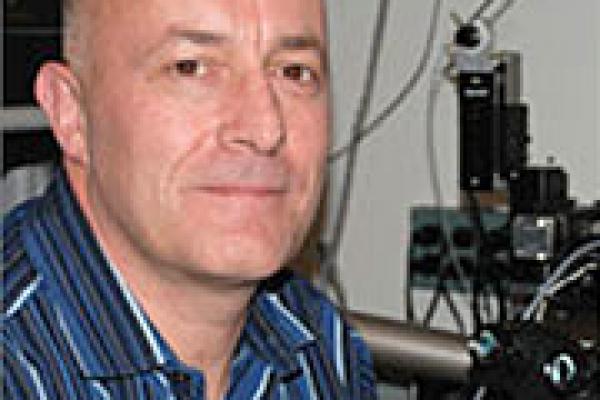
In the last two decades the evolution of the scientific method has moved traditional disciplines forward and has led to the development of multiple completely new fields. In each case the unifying change has been the continued expansive integration of technologies on all fronts, including molecular, biochemical and computer based. Few fields of endeavor have embraced these changes as much as microscopy. At all levels in the last 20 years there has a massive and continuous expansion of the capabilities of the microscope on all fronts. The current research microscope represents the integration of modern optics, robotics, computing, probes and cameras. The impact of modern imaging on our understanding of disease and the potential for therapeutics has been has been extreme, particularly as we continue to expand scientific progress towards discovery rather than reductionist approaches. Equivalently there has been an explosion in the probes suitable for use in the modern microscope such that single molecules can be chased in 3 dimensional space and the local environment assessed in real time. Integrating novel fluorogen based probes into highly sensitive and extremely fast high through put screens to define protein, delivery and function in 3D space at high speed and with absolute certainty of localization has been the focus of our work. This seminar will discuss the extraordinary impact that the integration of modern imaging, robotics and probes has had on biomedical research and presents problems and dilemmas that are becoming increasingly prescient in the future of these approaches.
